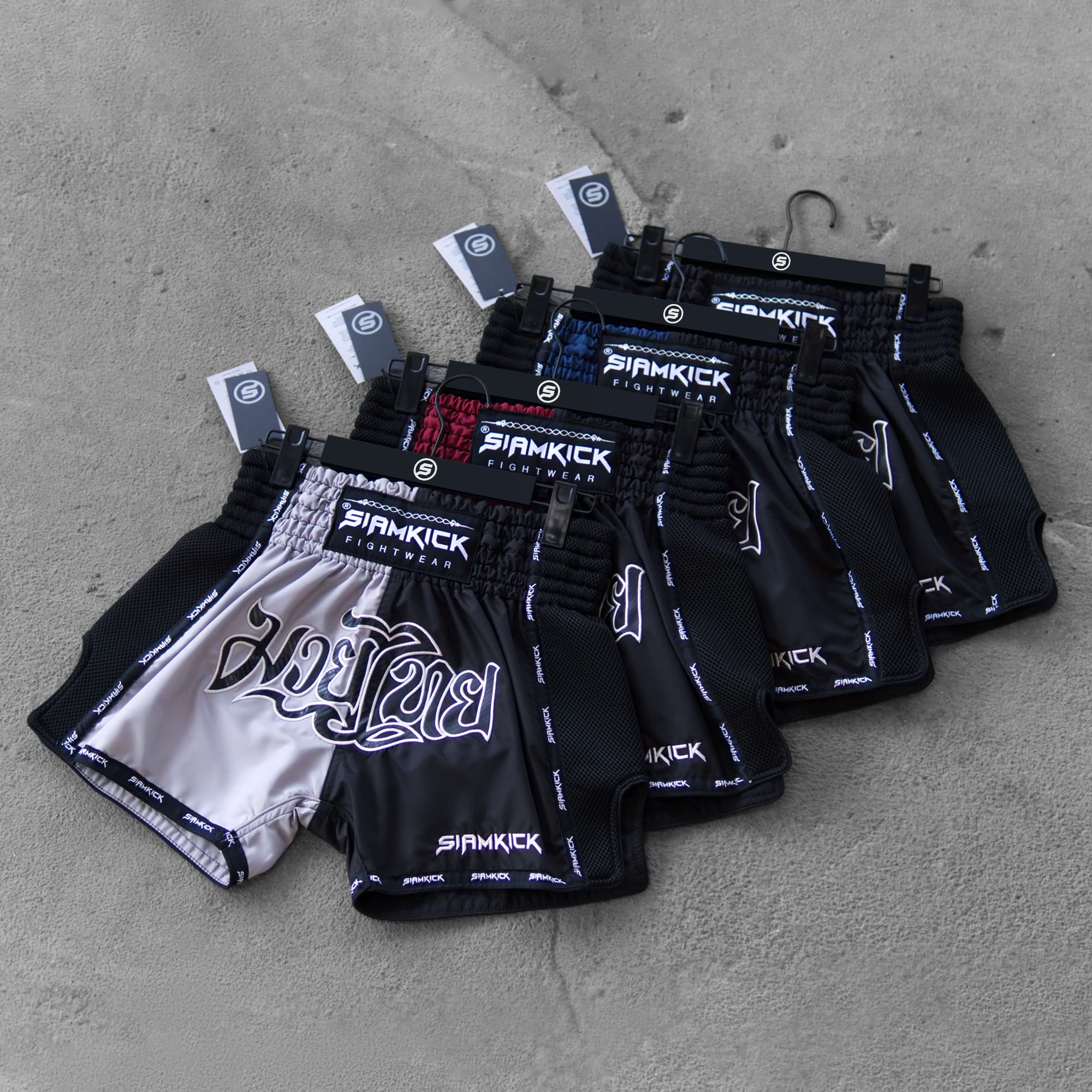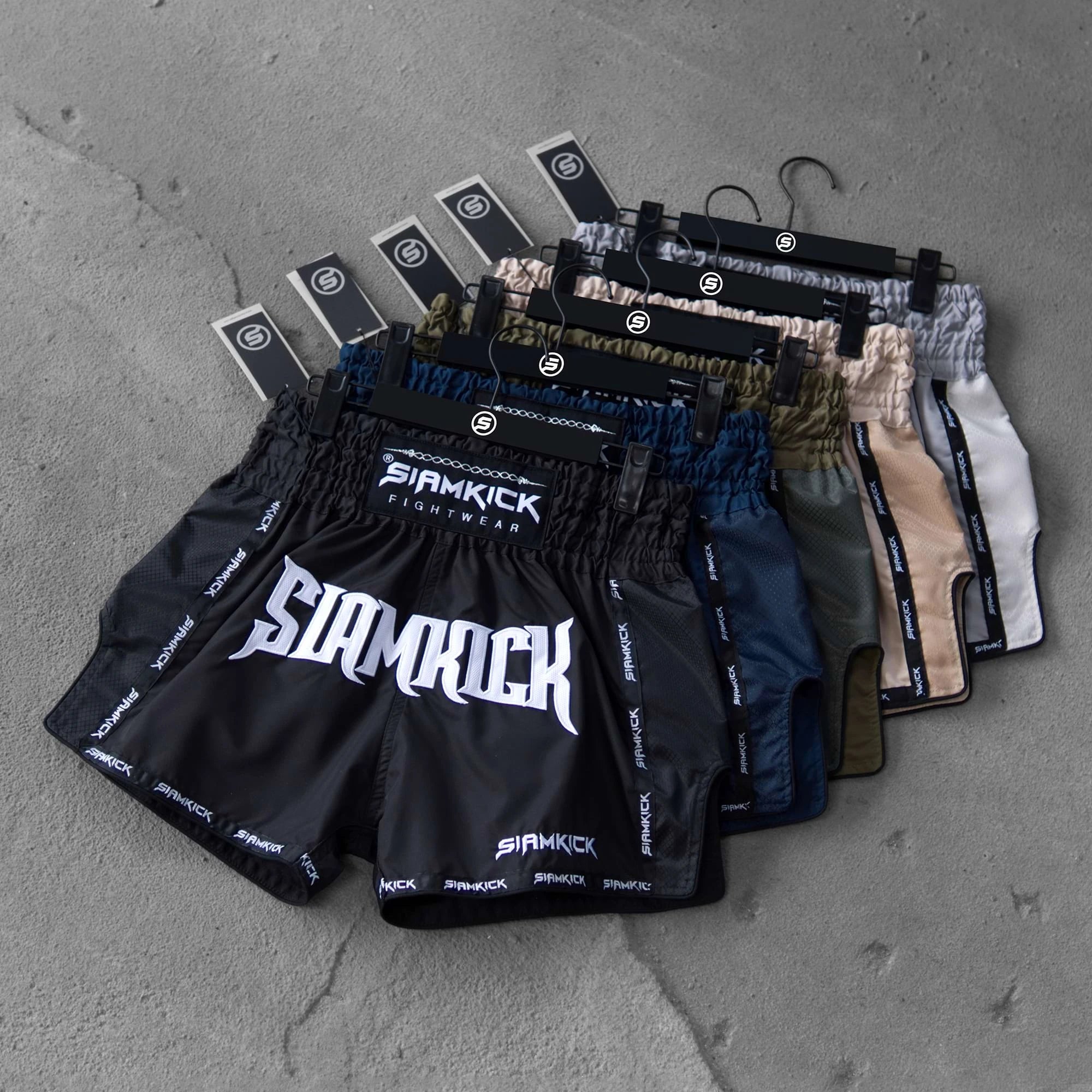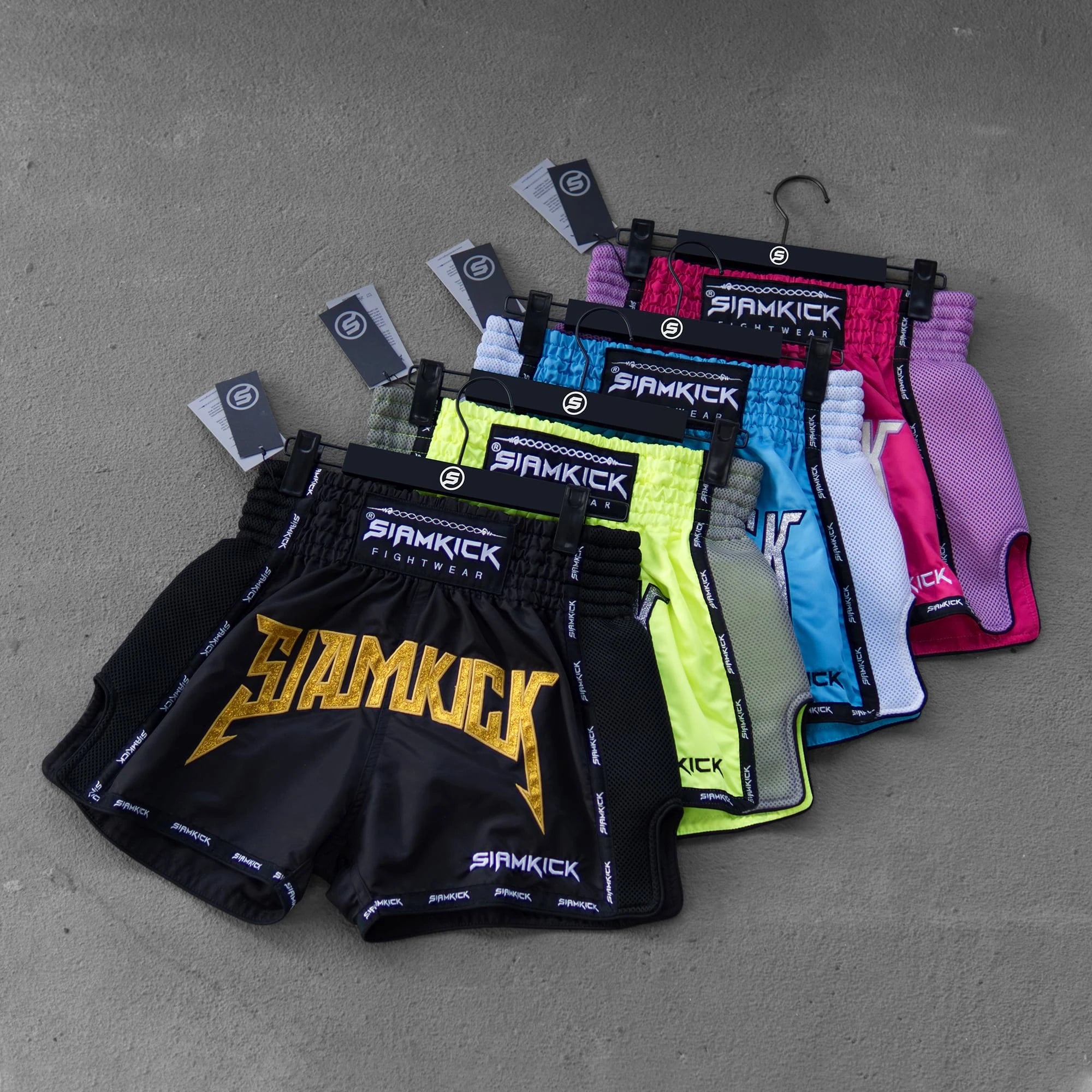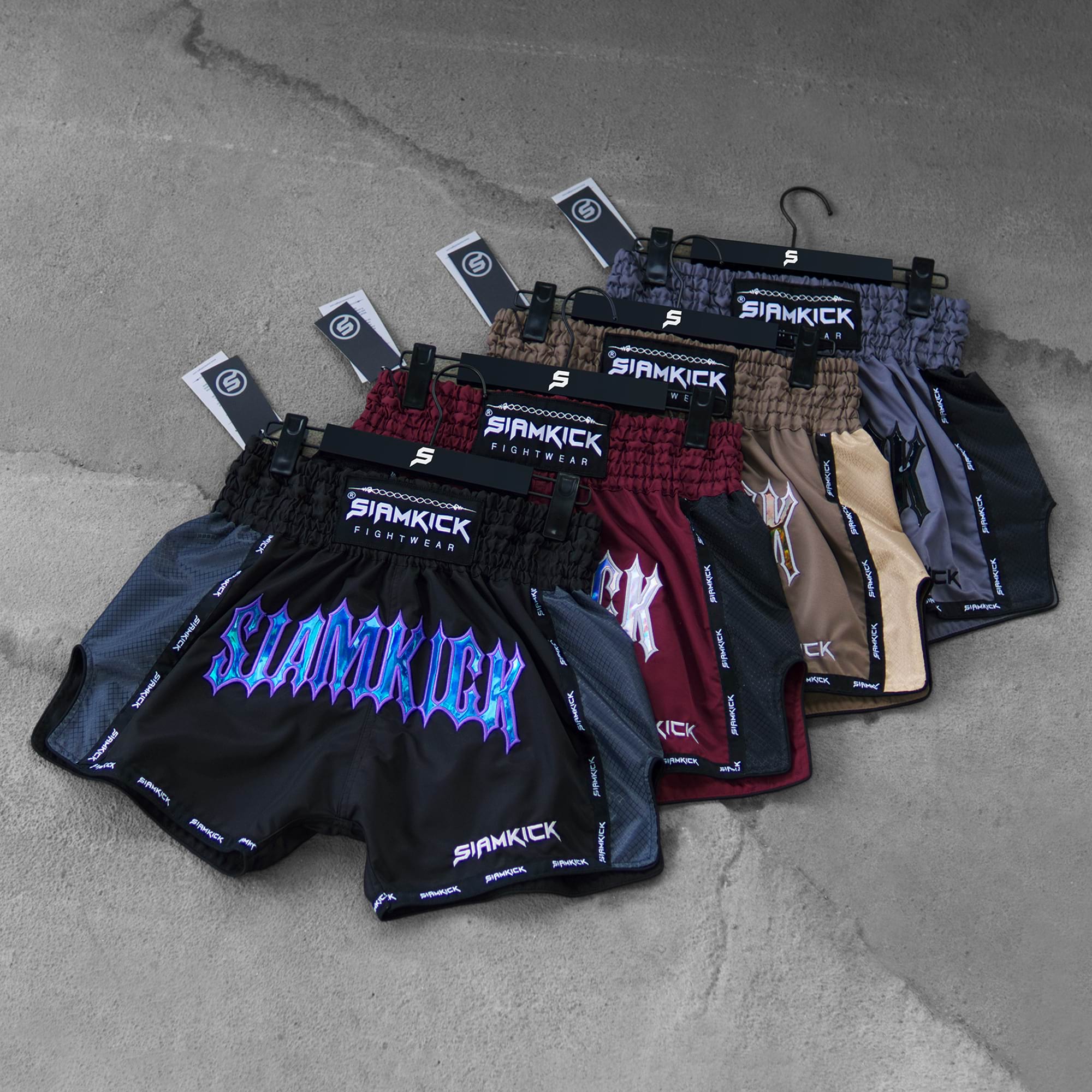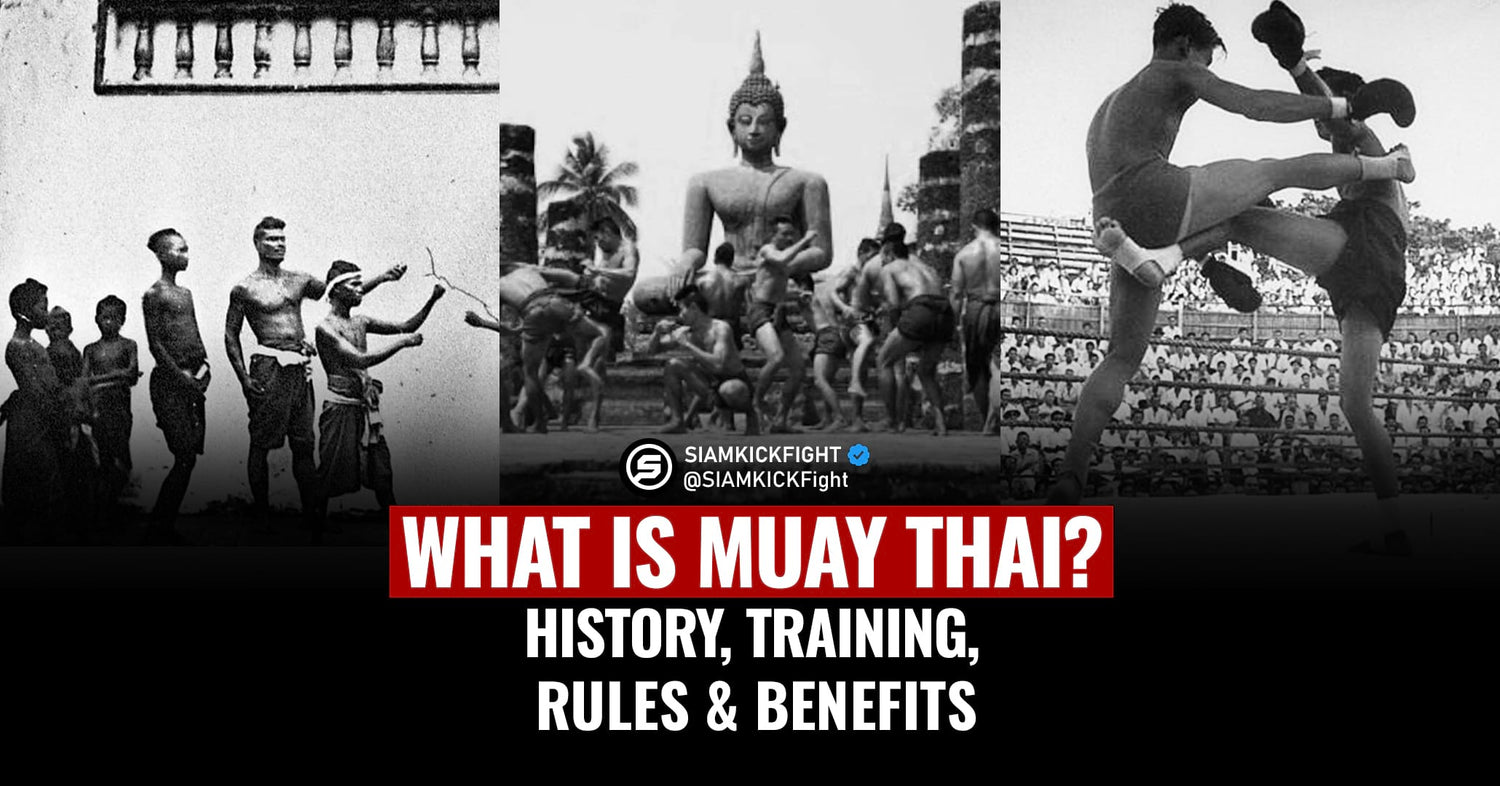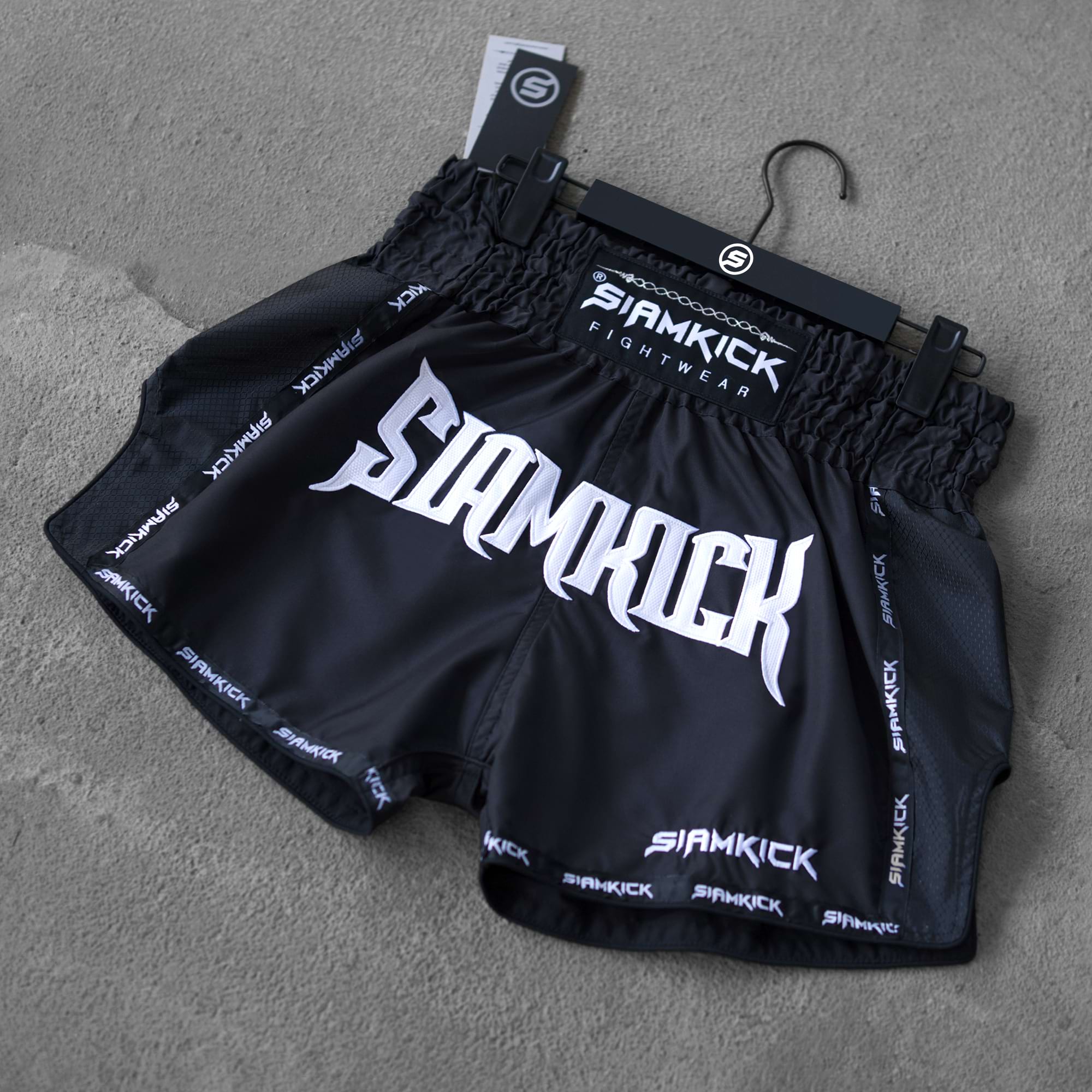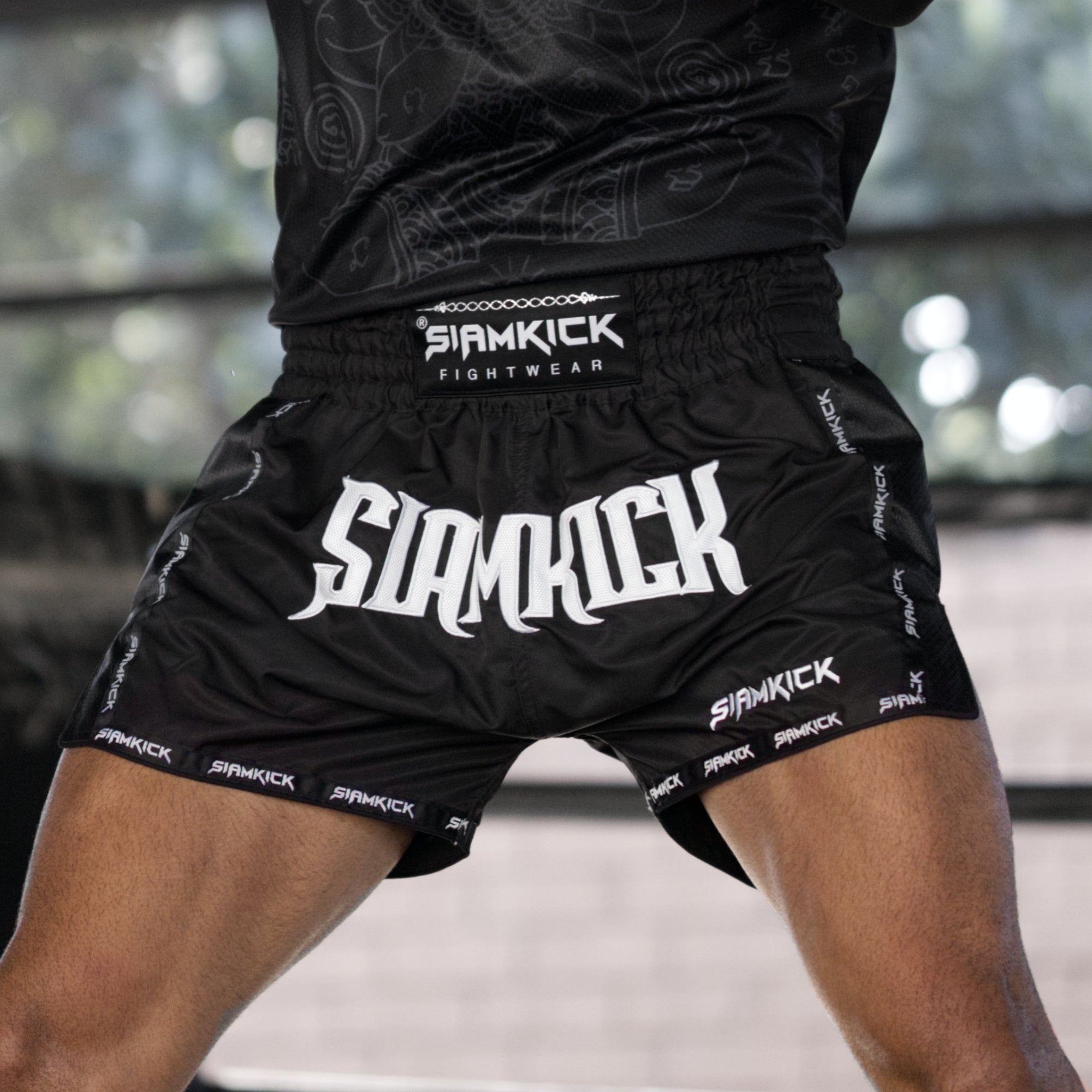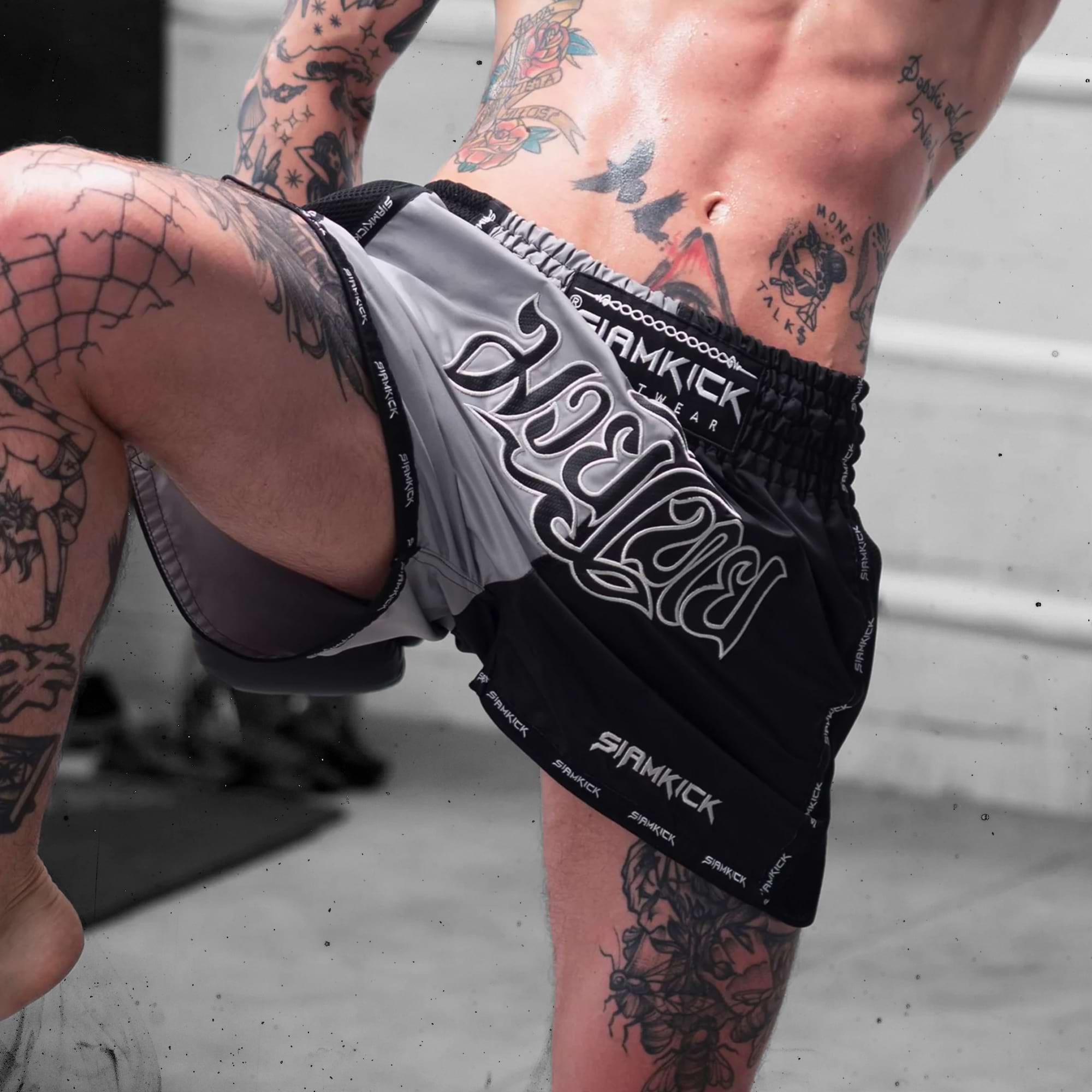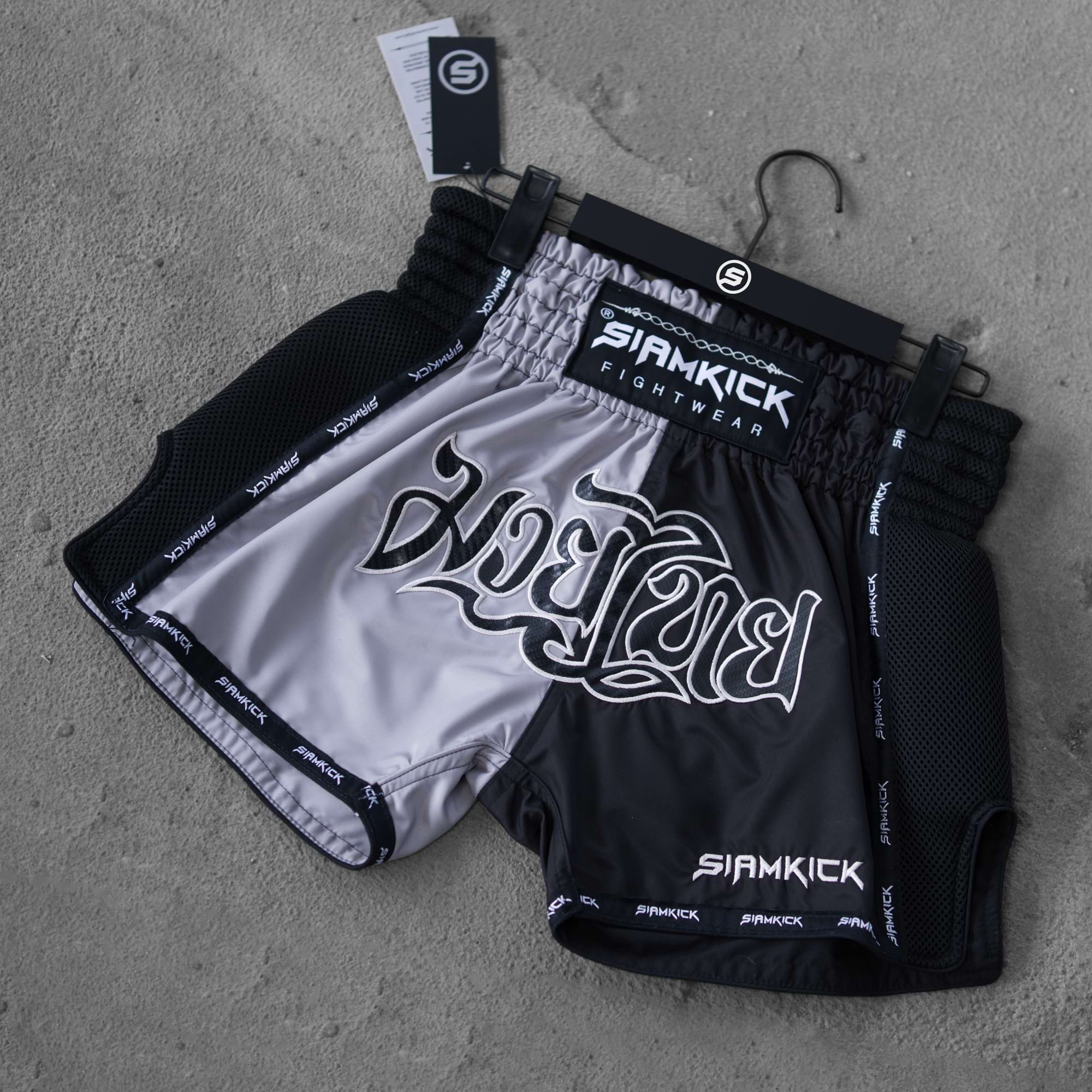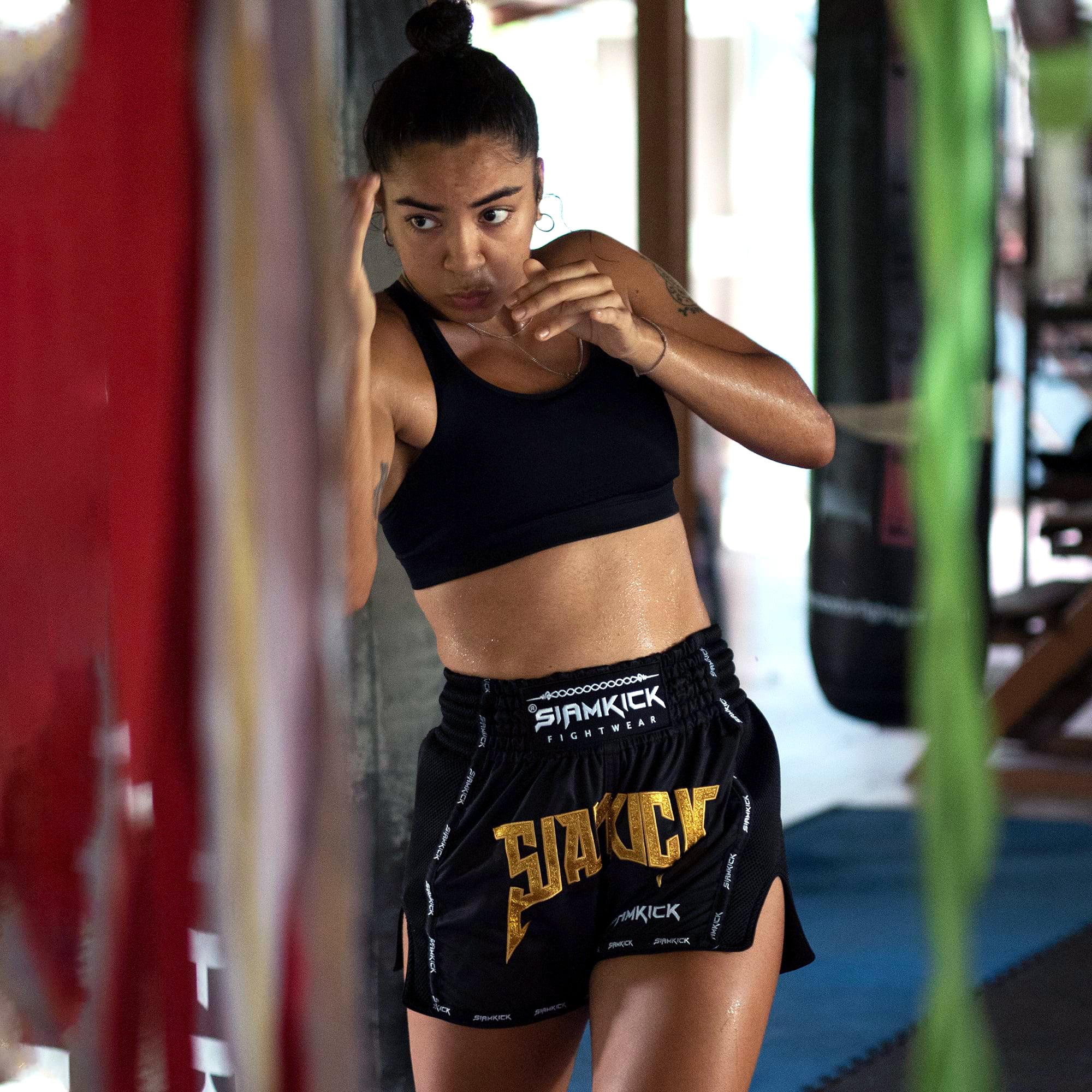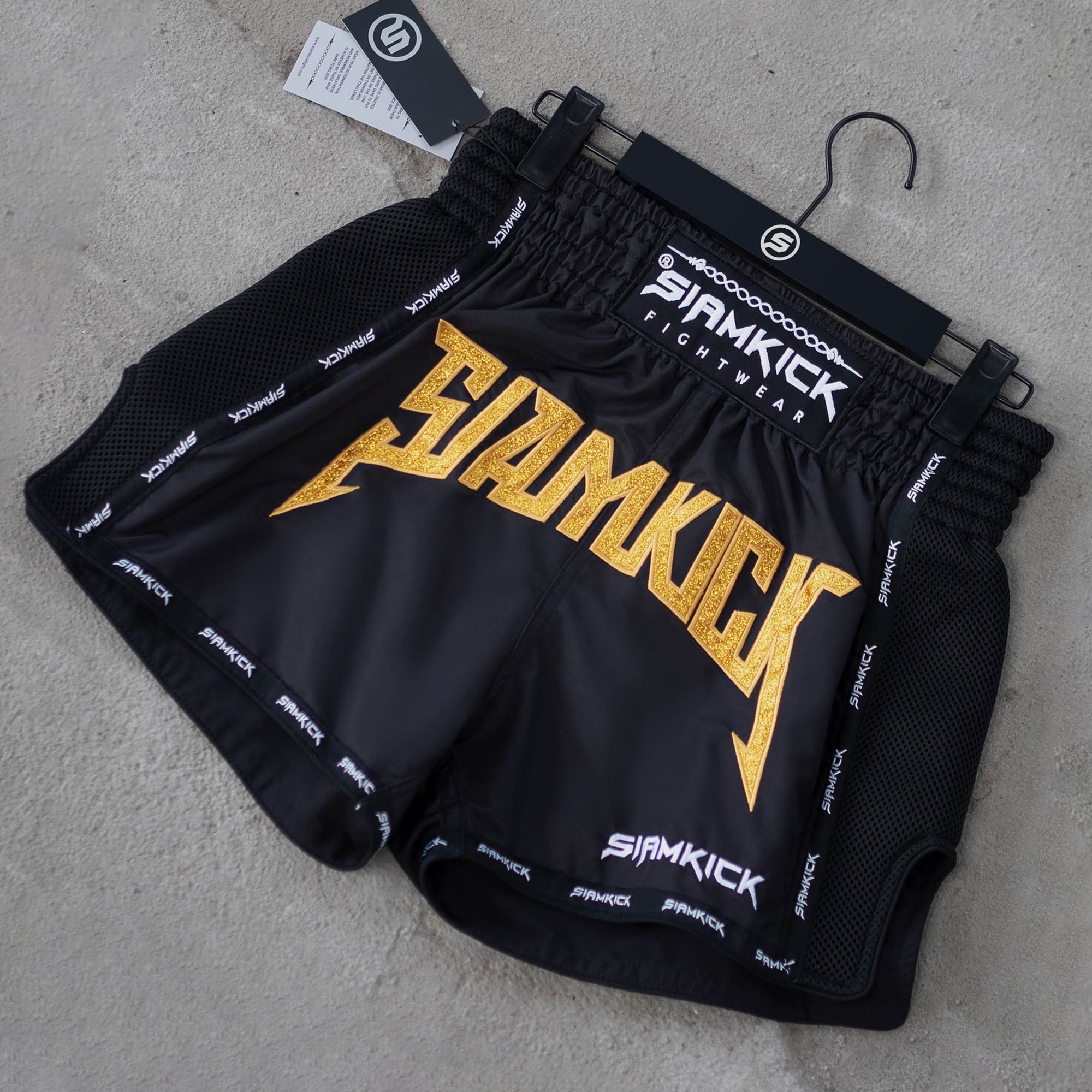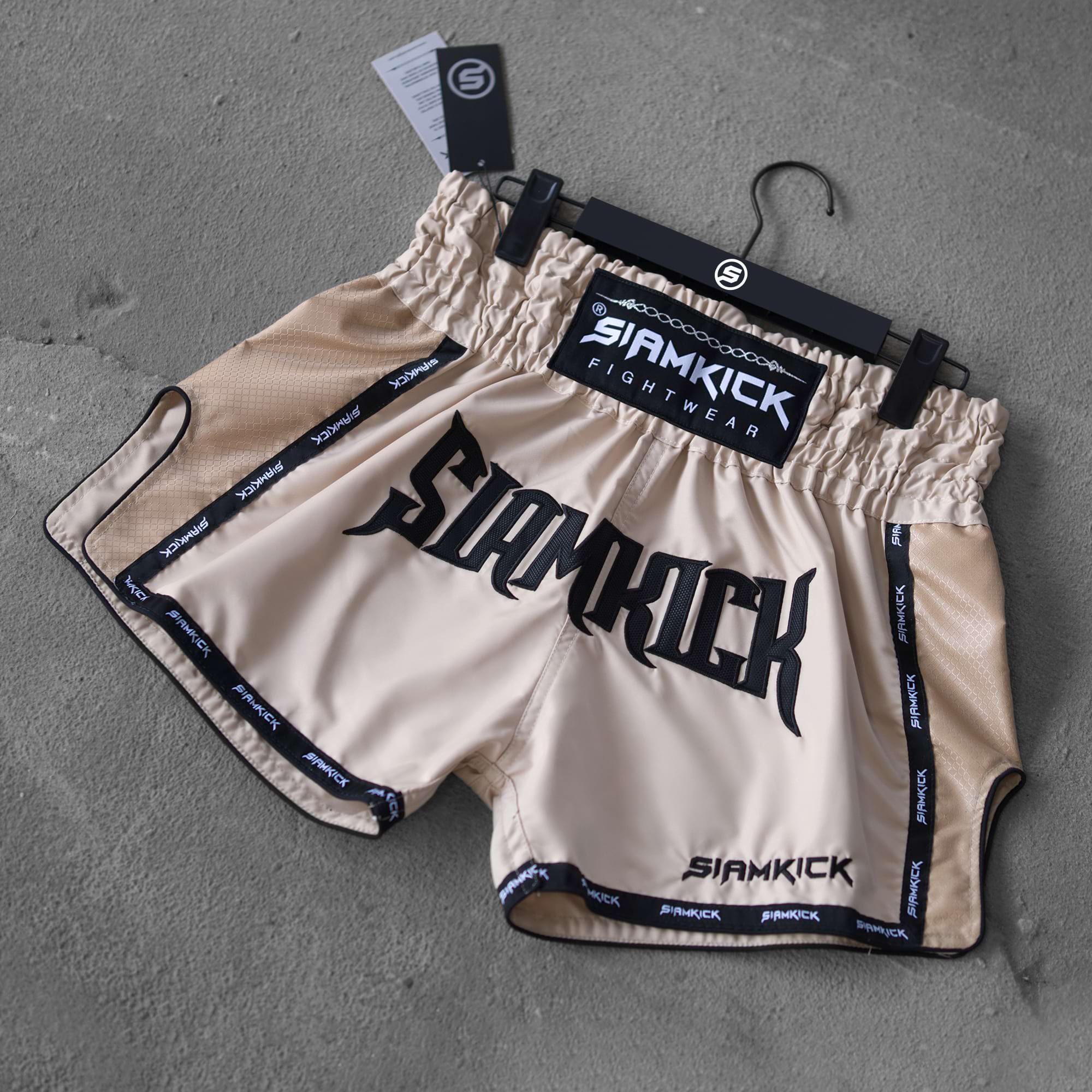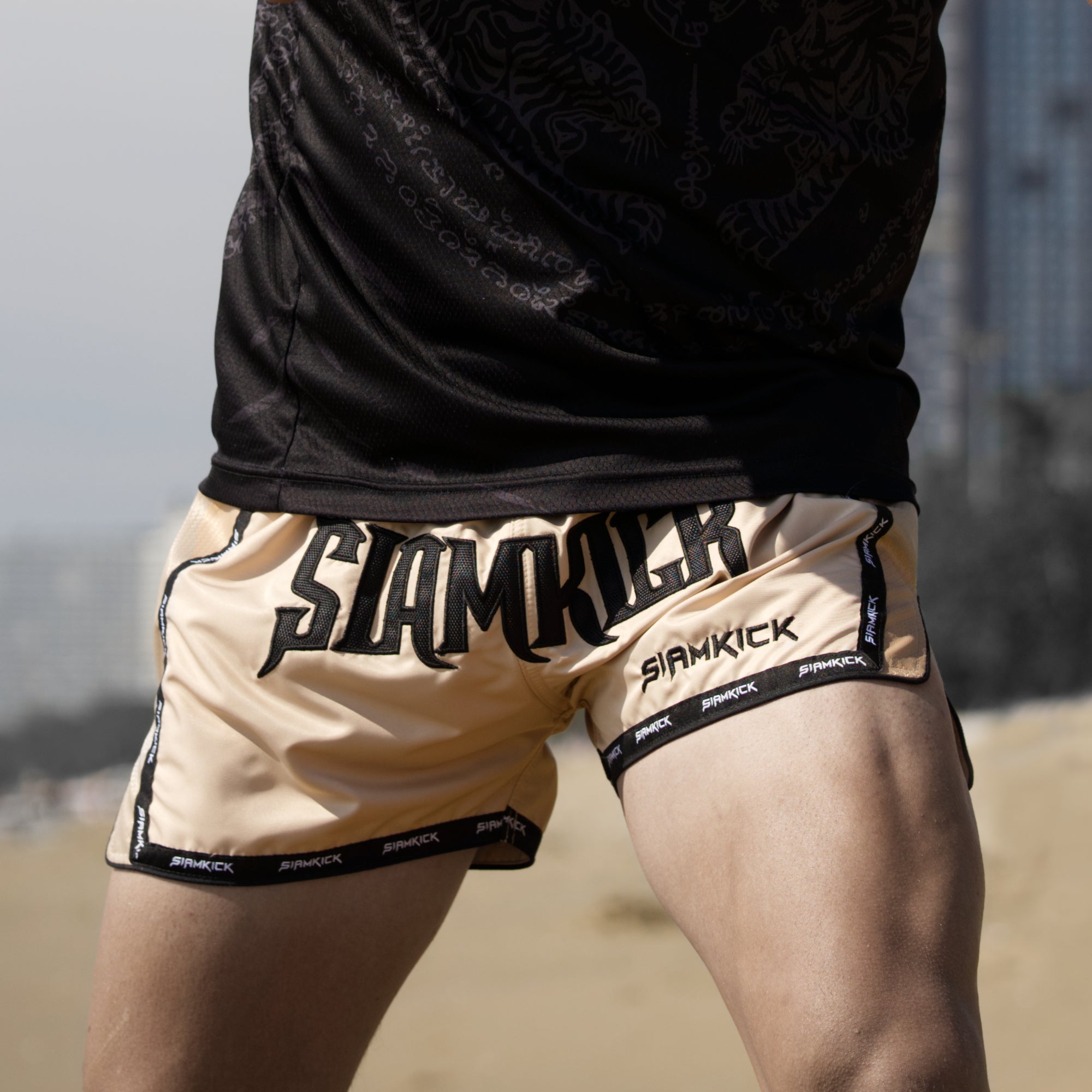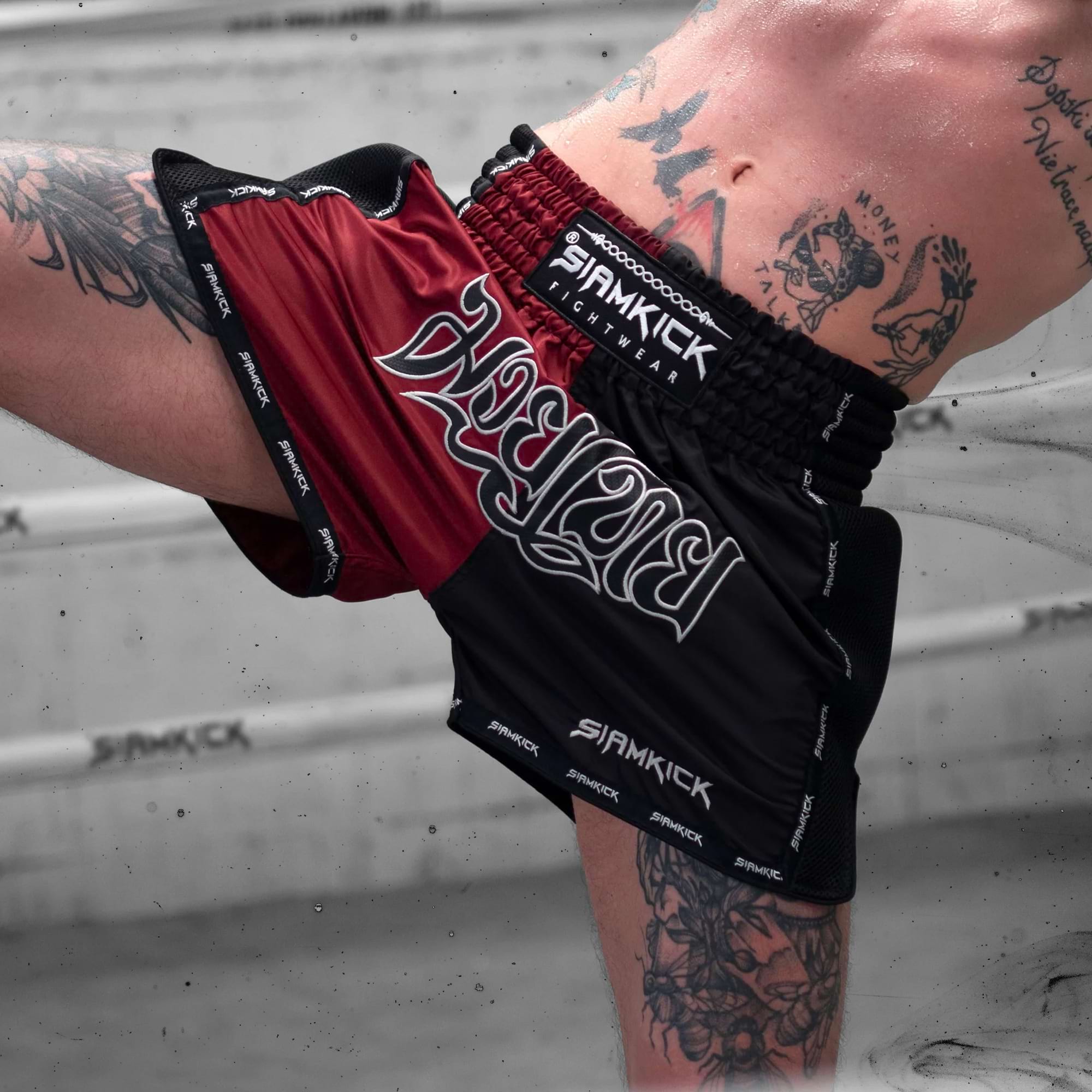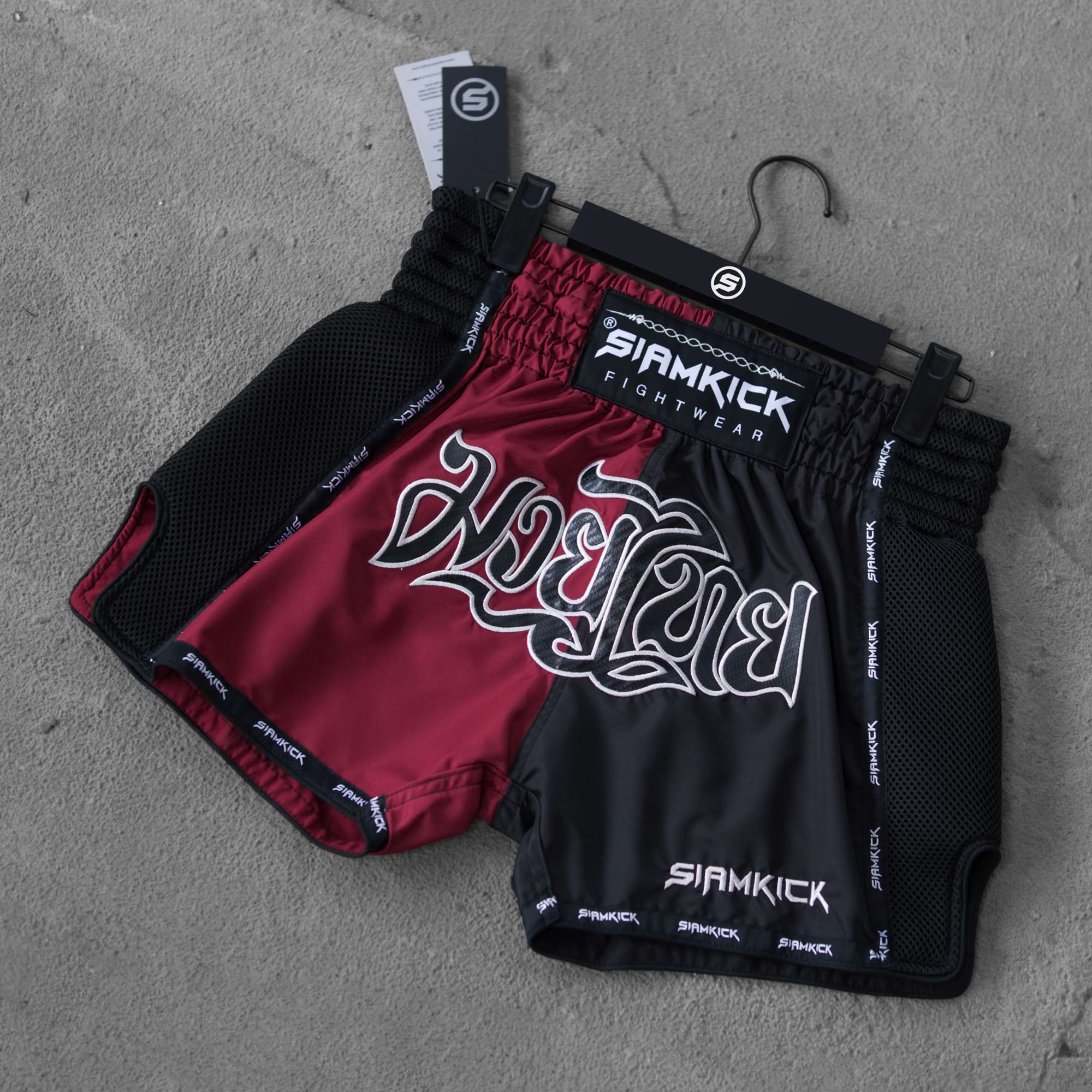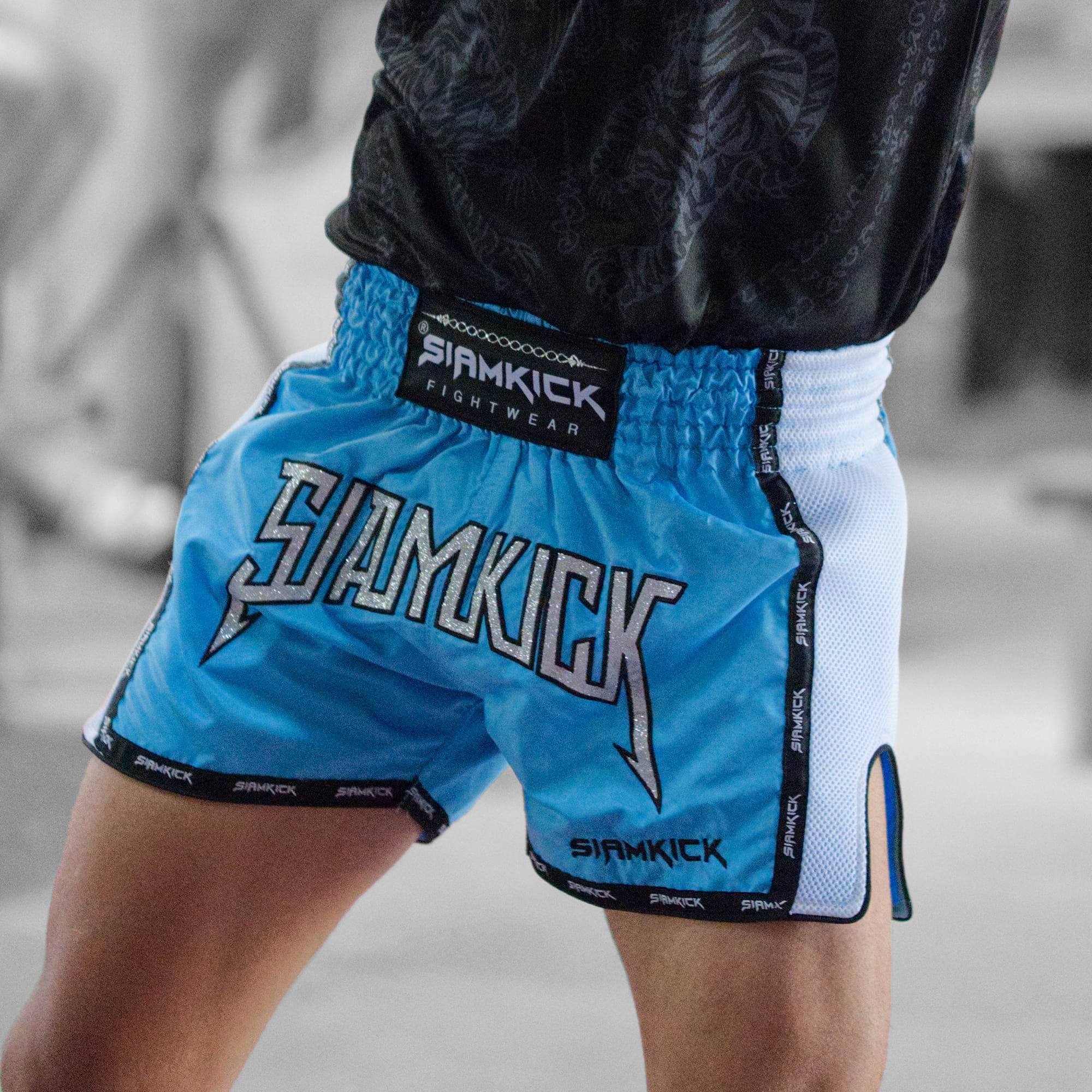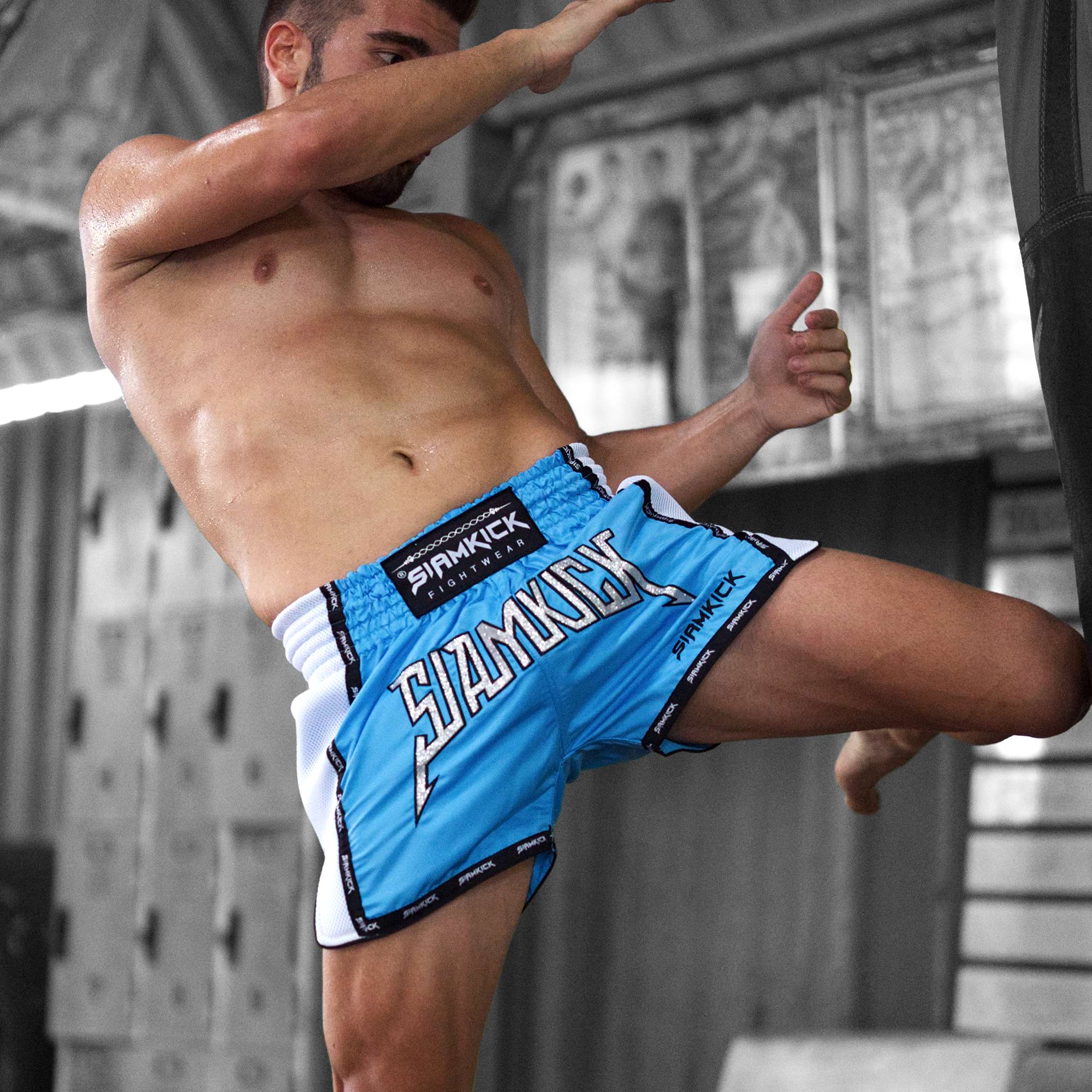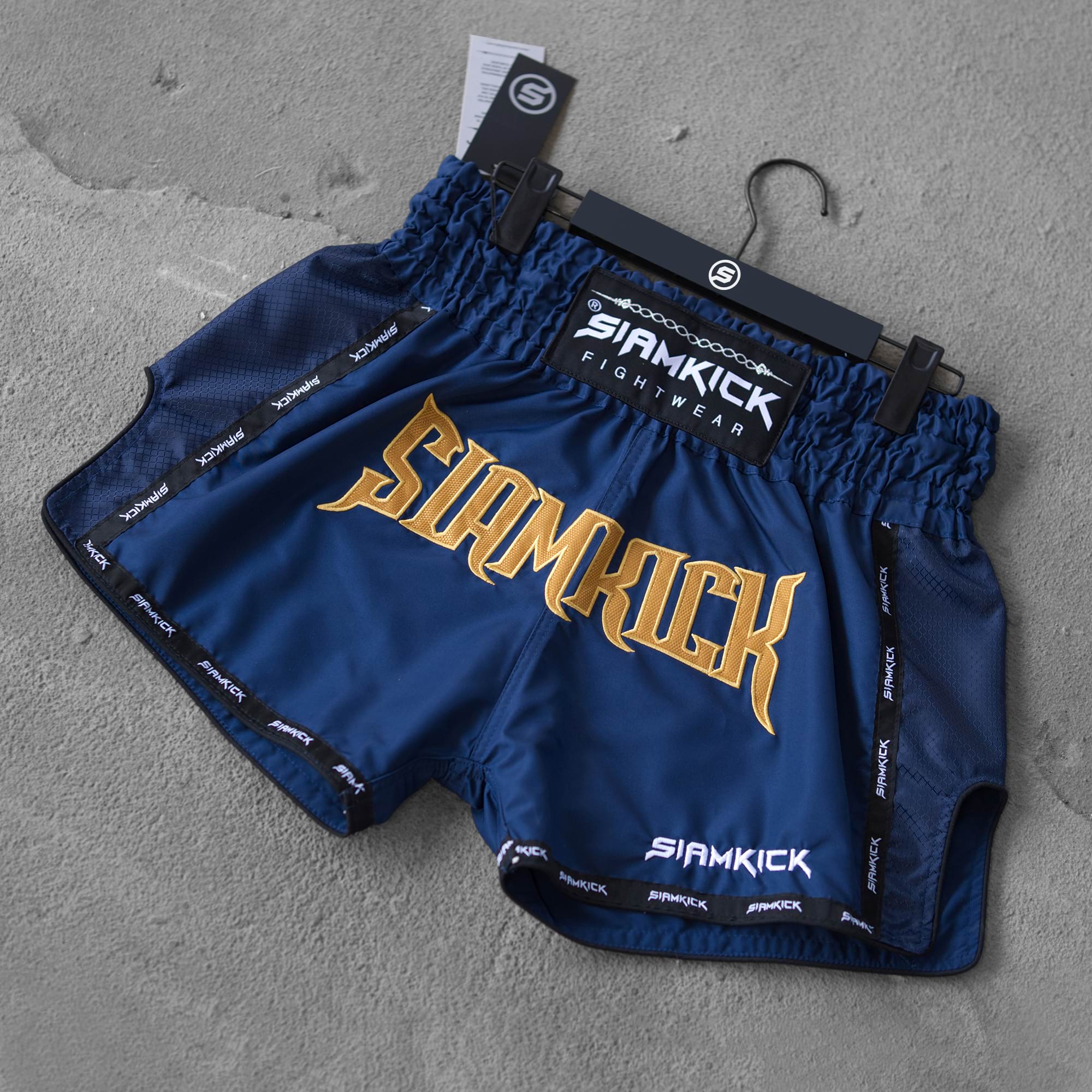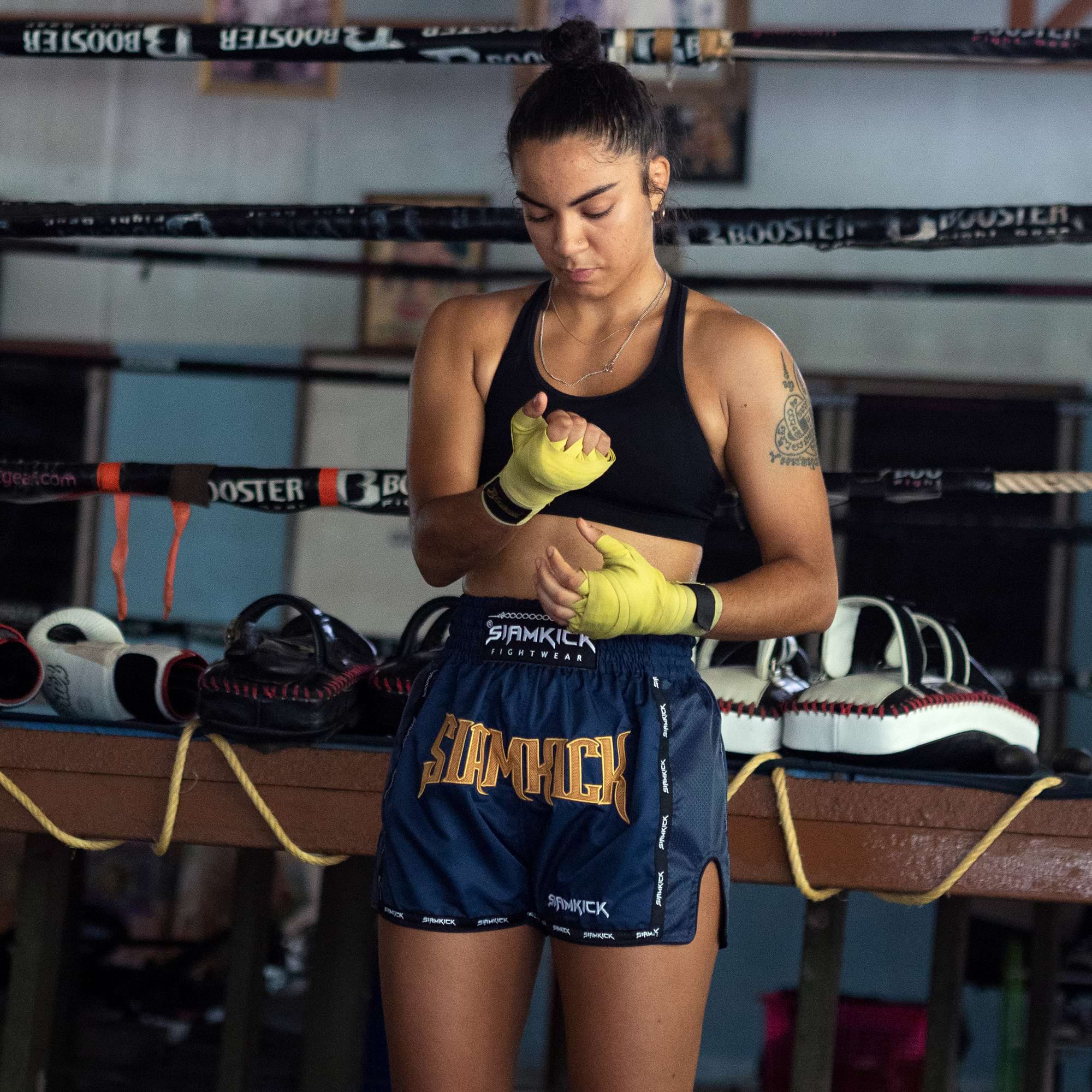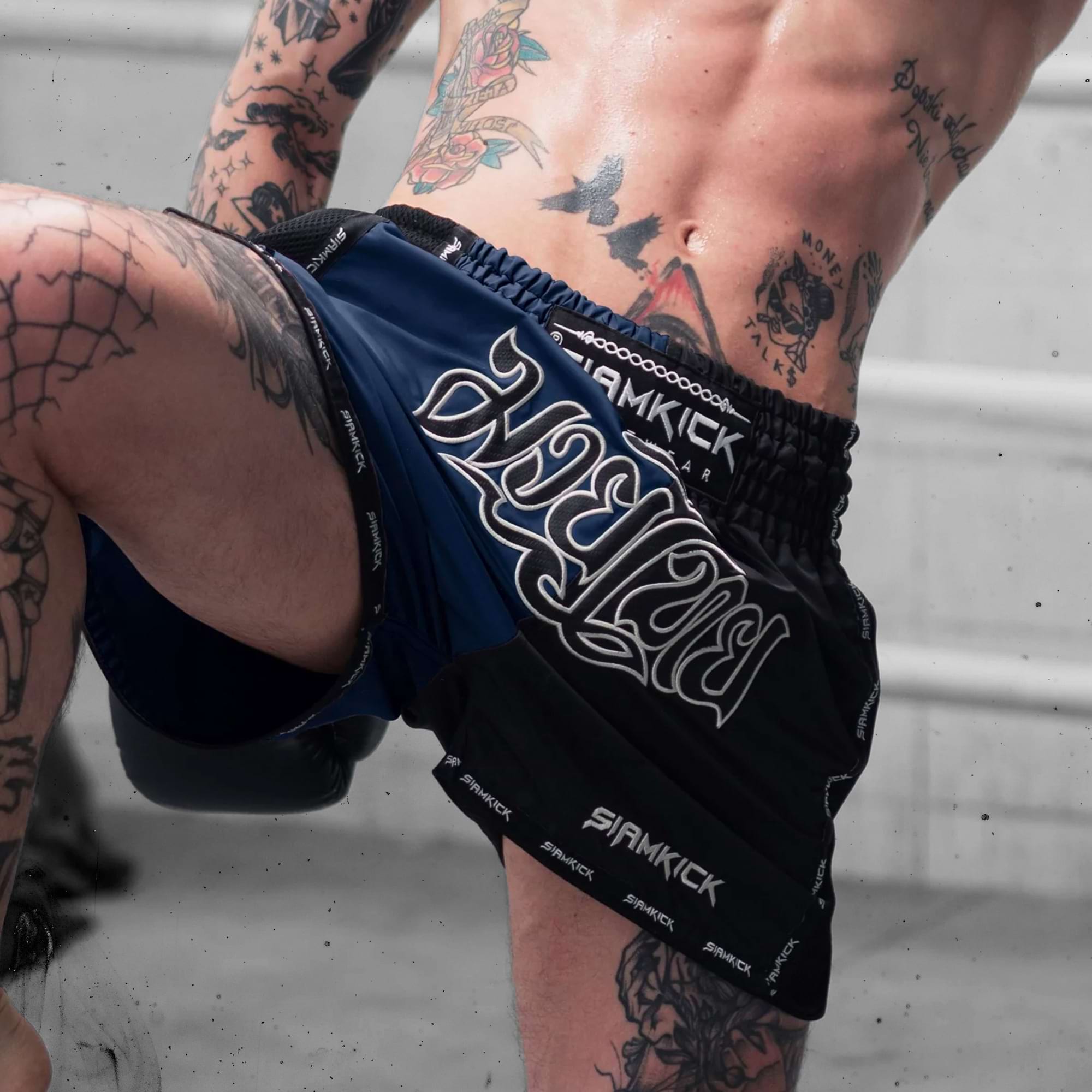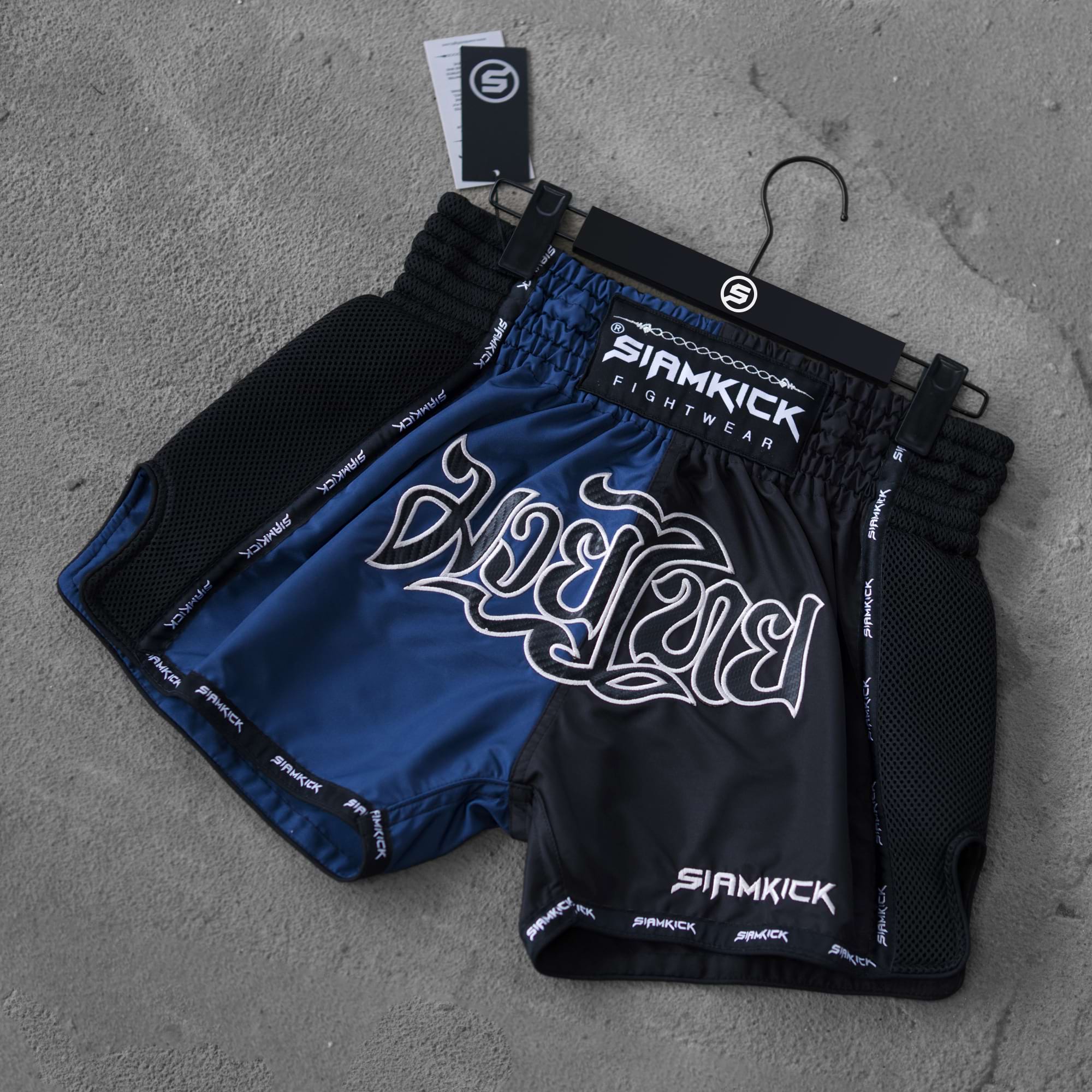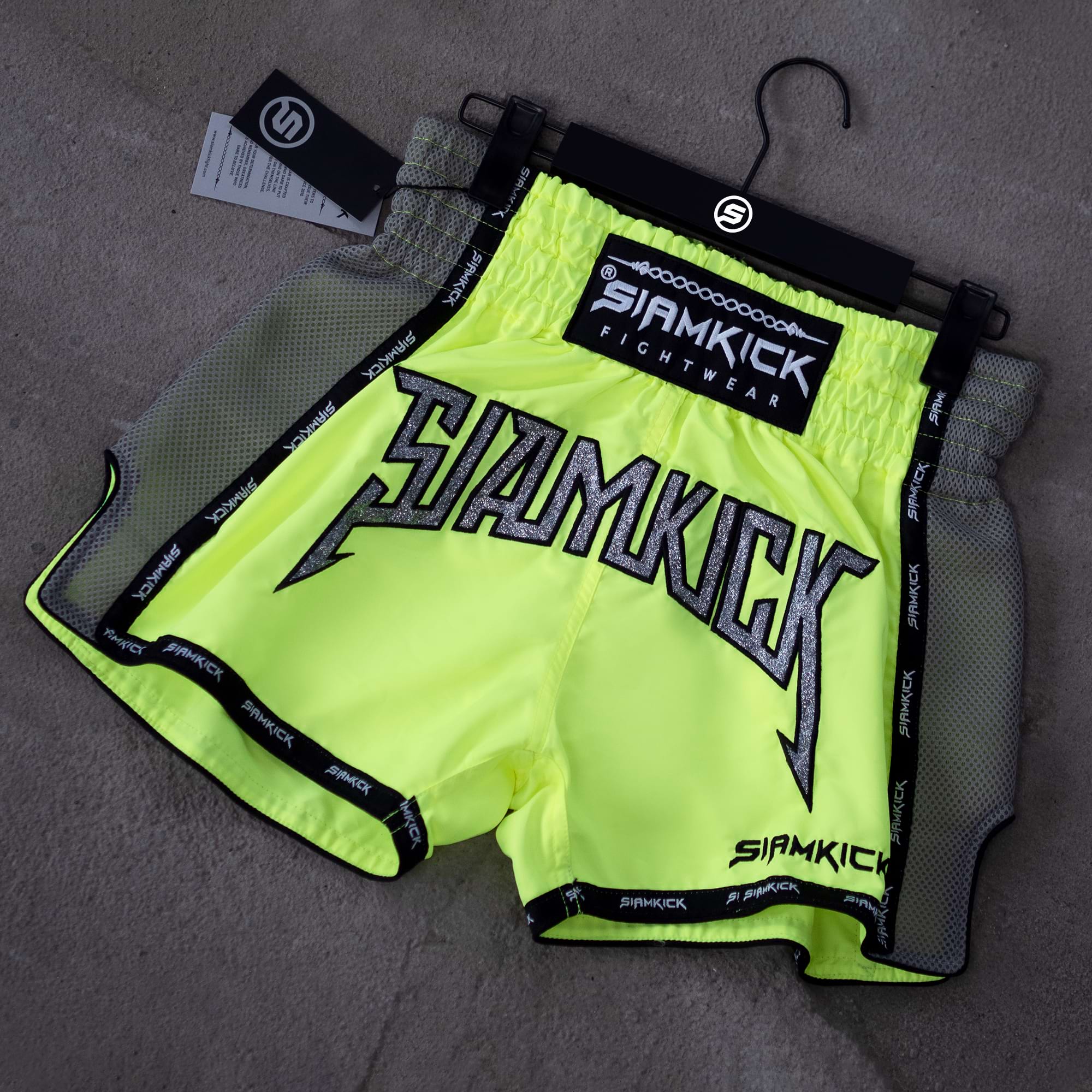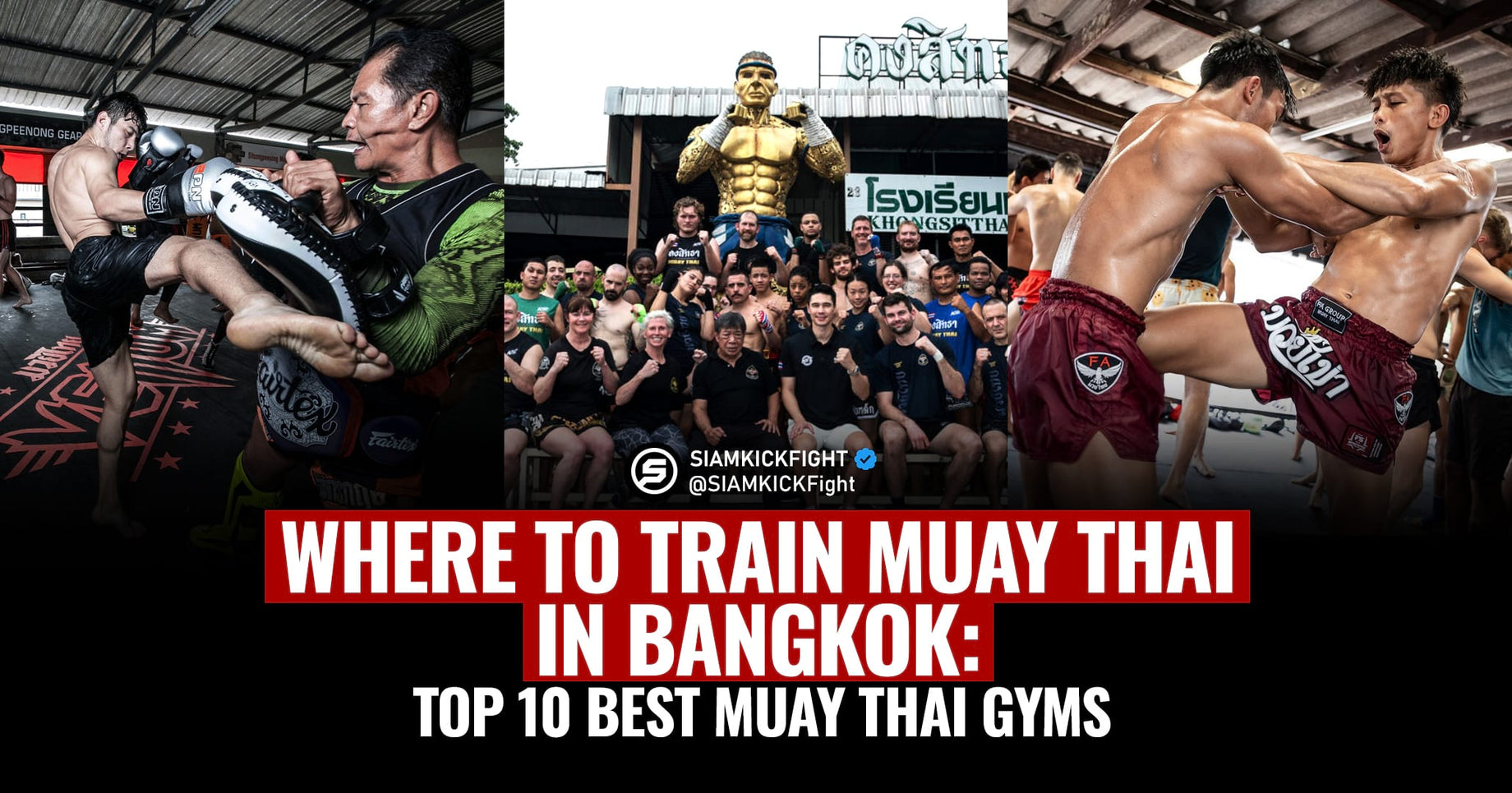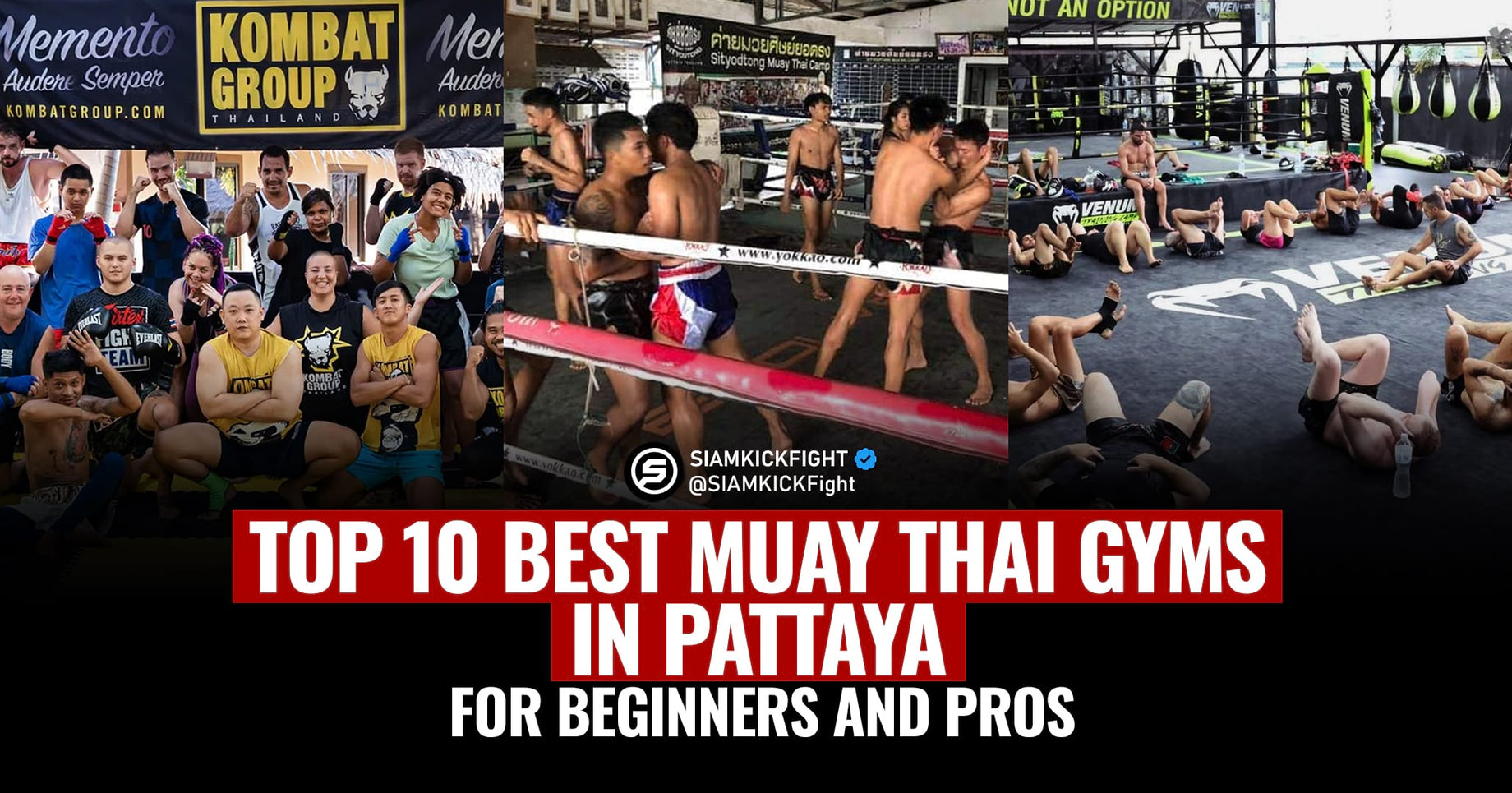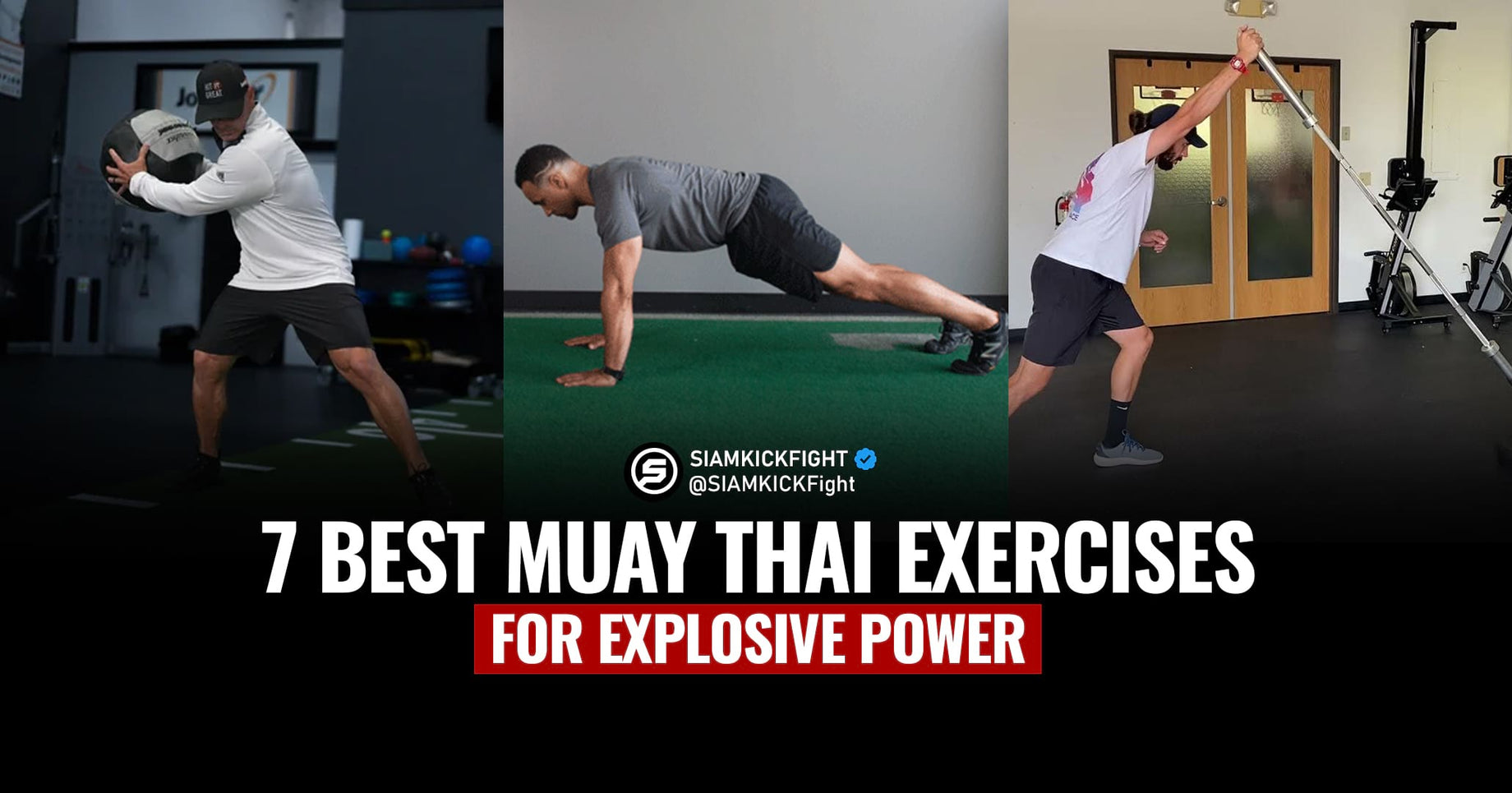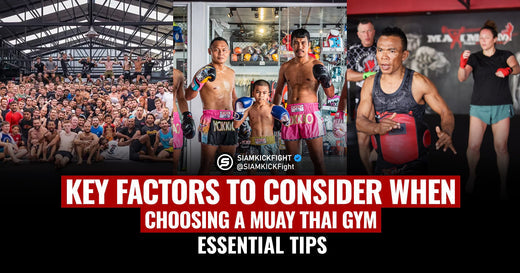Table of Contents
- Origins and Evolution
- Basic Muay Thai Techniques
- Training and Conditioning
- Muay Thai Equipment
- Rules and Scoring
- Muay Thai in Modern Times
- Health and Fitness Benefits
- Getting Started in Muay Thai
- Finding a Gym or Training Center
- Tips for Beginners
- What to Expect in Your First Class
- Building a Strong Foundation
- Frequently Asked Questions (FAQs)

Origins and Evolution
Muay Thai originated from ancient Siamese army tactics, where warriors used it for self-defense when they lost their weapons. These techniques were perfected and passed down through generations, eventually becoming more structured and recognized as a martial art. The earliest records of Muay Thai date back to the 16th century during the reign of King Naresuan, who emphasized hand-to-hand combat in military training.

Key Historical Milestones
- Sukhothai Period (1238-1438) - The foundations of Muay Thai were established during this era, with techniques becoming more defined.
- Ayutthaya Period (1350-1767) - Muay Thai gained royal patronage, and fighters were recruited to guard the king and royal family. It was during this period that Muay Thai began to be seen as a noble and honorable practice.
- Early 20th Century - Modernization of Muay Thai began with the introduction of boxing rings, timed rounds, and the use of gloves. This period marked the transformation of Muay Thai into a regulated sport.
- World War II Era - Muay Thai gained international exposure as Thai soldiers demonstrated the art to foreign allies. This period also saw the establishment of proper training camps and local competitions.

Basic Muay Thai Techniques
Muay Thai’s distinction as the "Art of Eight Limbs" stems from its use of eight contact points: fists, elbows, knees, and shins. This allows fighters to strike from various ranges and angles, making it a highly versatile martial art. The core techniques include:
- Punches (Chok) - Similar to Western boxing, punches in Muay Thai include jabs, crosses, hooks, and uppercuts.
- Elbows (Sok) - Elbows are used in close-range combat and can be delivered in various angles, such as horizontal, diagonal, and upward strikes.
- Knees (Khao) - Knee strikes are powerful and can be aimed at the body, legs, or head, often used in clinching situations.
- Kicks (Tae) - Kicks are a fundamental aspect of Muay Thai, including the roundhouse kick, push kick (Teep), and low kick targeting the opponent's legs.
- Clinches (Plum) - Clinching is a crucial component of Muay Thai, involving grappling techniques to control the opponent and deliver strikes. Fighters use the clinch to neutralize the opponent’s attacks and create openings for knee strikes and sweeps.

Training and Conditioning
Training and conditioning are both very important in Muay Thai, focusing on developing physical strength, endurance, technique, and mental toughness. Muay Thai training routines are intensive and often include the following components:
- Warm-Up - Sessions typically begin with a warm-up, including running, skipping rope, or shadow boxing, to increase heart rate and prepare the body for training.
- Pad Work - Training with a partner or coach using pads to practice strikes, combinations, and improve timing and accuracy. This provides an opportunity to refine techniques, combinations, and power under the guidance of a coach or partner.
- Bag Work - Heavy bag training to develop power, endurance, and technique.
- Sparring - Controlled practice fights to simulate real combat, allowing fighters to apply techniques and strategies against a resisting opponent. This enhances a fighter's ability to read opponents, react to different situations, and develop effective strategies.
- Clinching - Practice of clinch techniques, including grappling, knee strikes, and sweeps.
- Cool Down - Stretching and mobility exercises to prevent injury and aid recovery.
Physical and Mental Conditioning
- Cardio Training - Running, cycling, and high-intensity interval training (HIIT) to build cardiovascular endurance, essential for maintaining performance throughout a fight.
- Strength Training - Weightlifting, bodyweight exercises, and resistance training to build muscle strength and power.
- Flexibility and Mobility - Stretching, yoga, and mobility drills to increase flexibility and range of motion, reducing the risk of injury and improving overall performance.
- Mental Toughness - Mental conditioning is equally important, focusing on developing discipline, focus, and the ability to remain calm and strategic under pressure.

Muay Thai Equipment
Having the right equipment is fundamental to practicing Muay Thai safely and effectively. It ensures that fighters can train at high intensity while minimizing the risk of injuries. To train Muay Thai, several pieces of gear are required:
- Gloves - Muay Thai gloves are designed to protect the hands and wrists while delivering powerful strikes. They come in various sizes and weights, typically ranging from 8 to 16 ounces.
- Hand Wraps - Hand wraps are used to secure the bones and tendons in the hands, providing support and reducing the risk of injury during training and sparring.
- Shorts - Muay Thai shorts are specifically designed for the sport, offering maximum flexibility and freedom of movement. They are usually made from lightweight materials and feature a shorter length than typical athletic shorts.
- Ankle Supports - Optional but beneficial, ankle supports provide additional stability and protection for the ankles, especially during intense training sessions.
Protective Gear
- Mouthguard - A mouthguard protects the teeth and jaw from impacts. It is an essential piece of equipment for both sparring and competitions.
- Shin Guards - Shin guards are worn during sparring to protect the shins from injury when blocking or delivering kicks. They are padded and designed to absorb impact.
- Groin Guard - Male fighters wear groin guards to protect against accidental low blows during training and competition.
- Headgear - While not always used in all training sessions, headgear can provide additional protection during sparring, particularly for beginners or during heavy contact sessions.

Rules and Scoring
Muay Thai matches are held within a square ring and are typically divided into 3 rounds, each lasting three minutes with a one-minute rest period in between.
Muay Thai scoring is based on several criteria, and each judge scores the fight on a 10-point scale, where the winner of the round receives 10 points, and the loser receives 9 points or less. In cases where a fighter dominates the round or lands a knockdown, they may be awarded 10-8. The fighter with the most points at the end of the bout is declared the winner. Here are the main scoring factors:
- Effective Striking - Points are awarded for clean, powerful, and effective strikes that visibly impact the opponent. This includes punches, kicks, elbows, and knee strikes.
- Effective Aggression - Judges look for fighters who actively control the pace of the fight and demonstrate offensive skills. Aggressive actions that put pressure on the opponent are rewarded.
- Ring Control - Fighters who dominate the center of the ring and control the movement and positioning of the fight are often scored favorably.
- Defense - Good defensive skills, including blocking, dodging, and countering, are considered in the scoring, though they are secondary to offensive effectiveness.
Read our full guide on The Muay Thai Scoring System here.

Muay Thai in Modern Times
In recent years, Muay Thai has moved beyond its traditional roots to become a major player in the world of combat sports. Its influence can be seen across various martial art disciplines and its popularity continues to grow worldwide.
- Mixed Martial Arts (MMA) - Many MMA fighters integrate Muay Thai into their training due to its effectiveness in striking and clinching. Techniques such as the roundhouse kick, elbow strikes, knee strikes, and Teeps have proven valuable in the octagon, making Muay Thai very important in modern MMA training.
- Kickboxing - Muay Thai has influenced various kickboxing styles, with practitioners adopting Muay Thai techniques for their striking precision and power. The focus on using the entire body for attack and defense has significantly improved kickboxing training methods.

Health and Fitness Benefits
Muay Thai offers a wide range of health and fitness benefits that extend beyond its application as a martial art. Practicing Muay Thai can lead to significant improvements in physical health, mental well-being, and overall quality of life.
Physical Benefits
- Strength and Power - Regular training in Muay Thai builds muscle strength and power, particularly in the core, legs, and upper body. Techniques such as kicks, punches, and clinch work enhance overall muscular endurance and explosive strength.
- Cardiovascular Fitness - The high-intensity nature of Muay Thai training, including pad work, bag work, and sparring, improves cardiovascular health. The consistent cardio workout helps increase stamina and endurance, benefiting overall heart health.
- Flexibility and Mobility - Muay Thai incorporates dynamic movements and stretching exercises that enhance flexibility and range of motion. Improved flexibility reduces the risk of injury and contributes to better overall physical performance.
- Weight Management - The rigorous training involved in Muay Thai can aid in weight loss and management. The combination of cardio, strength training, and high-calorie burn during workouts helps burn fat and build lean muscle.
Mental and Emotional Benefits
- Stress Relief - Muay Thai training offers an effective way to relieve stress and anxiety. The physical effort and focus required during training sessions help release endorphins, leading to a sense of relaxation and well-being.
- Discipline and Focus - Muay Thai training emphasizes discipline, dedication, and goal-setting. Practitioners develop a strong sense of focus and perseverance, qualities that translate into other areas of life.
- Confidence and Self-Esteem - Achieving milestones in Muay Thai, such as mastering techniques or reaching fitness goals, can boost self-confidence and self-esteem. The progress made in training helps build a positive self-image and a sense of accomplishment.
Overall Wellness
- Coordination and Balance - The dynamic movements and techniques in Muay Thai improve hand-eye coordination and balance. Enhanced coordination contributes to better performance in everyday activities and other sports.
- Community and Social Interaction - Training in Muay Thai often involves being part of a supportive community. Training with others and joining group classes can help you build connections and interact socially.

Getting Started in Muay Thai
Starting out in Muay Thai can be a rewarding and transformative experience. Whether you're interested in practicing for fitness, self-defense, or competition, here's a quick guide to help you get started.
Finding a Gym or Training Center
- Research Local Gyms - Look for Muay Thai gyms or martial arts academies in your area. Check online reviews, visit their websites, and inquire about their training programs.
- Visit the Facility - Schedule a visit to tour the gym, meet the instructors, and observe a class if possible. Ensure the facility is clean, well-equipped, and conducive to training.
- Check Instructor Credentials - Verify the qualifications and experience of the instructors. Experienced and certified trainers are essential for proper technique and safety.
Tips for Beginners
- Start with a Basic Class - Begin with introductory or beginner classes to familiarize yourself with the basic techniques, movements, and terminology of Muay Thai.
- Focus on Technique - Prioritize learning proper technique over intensity. Mastering the fundamentals will build a solid foundation for future progress.
- Stay Consistent - Regular attendance and consistent practice are key to improvement. Aim to train multiple times a week to develop your skills and fitness.
- Listen to Your Body - Pay attention to your body's signals and avoid overtraining. Rest and recovery are important to prevent injuries and ensure long-term success.
What to Expect in Your First Class
- Warm-Up - Classes typically start with a warm-up to prepare your body for the physical activity ahead. This may include running, jumping rope, or dynamic stretching.
- Technique Instruction - Instructors will guide you through basic techniques such as punches, kicks, elbows, and knees. You'll practice these techniques on pads, bags, and with partners.
- Drills and Combinations - You'll participate in drills to practice techniques and build coordination. These may include shadow boxing, pad work, and partner drills.
- Cool Down - Classes usually end with a cool-down period, including stretching and relaxation exercises to aid recovery and prevent stiffness.
Building a Strong Foundation
- Set Goals - Establish clear, achievable goals for your training, whether they're related to fitness, skill development, or competition.
- Stay Hydrated and Eat Well - Proper nutrition and hydration support your training efforts and overall health.
- Respect the Process - Progress in Muay Thai takes time and dedication. Stay patient, remain positive, and enjoy the journey of learning and growth.
Frequently Asked Questions (FAQs)
- What is the difference between Muay Thai and kickboxing?
Muay Thai utilizes punches, kicks, elbows, and knees, and incorporates clinch work. Kickboxing primarily focuses on punches and kicks and generally does not include elbow or knee strikes.
- Do I need previous martial arts experience to start Muay Thai?
No. Many beginners start with no prior experience. Muay Thai gyms typically offer classes for all skill levels, and instructors will guide you through the basics.
- How often should I train to see results?
To see progress in Muay Thai, training two to five times a week is often recommended. Beginners may start with fewer sessions per week and gradually increase as their fitness and skills improve.
- Is Muay Thai suitable for all ages and fitness levels?
Yes, Muay Thai can be adapted for different ages and fitness levels. Many gyms offer classes for children, adults, and seniors. The intensity of the training can be adjusted based on individual fitness levels and goals.
- What should I wear to a Muay Thai class?
Muay Thai shorts are traditional, but any athletic shorts and a moisture-wicking shirt are also suitable. Make sure to have proper Muay Thai gloves, hand wraps, and, if required, shin guards and a mouthguard. Some gyms may provide equipment, but it’s often best to invest in your own gear for hygiene and fit.
- Can Muay Thai be used for self-defense?
Yes, Muay Thai is highly effective for self-defense. Its techniques, including strikes, clinching, and defensive moves, are designed for real-world combat scenarios.
- What are common injuries in Muay Thai and how can I prevent them?
Common injuries in Muay Thai include sprains, strains, bruises, and cuts. To prevent injuries, ensure you use proper techniques, wear appropriate protective gear, and follow a warm-up and cool-down routine. Pay attention to your body’s signals and avoid overtraining to reduce the risk of injury.
- Can Muay Thai be practiced for fitness without competing?
Absolutely. Many people practice Muay Thai primarily for fitness and personal development. Training can be tailored to focus on improving strength, endurance, flexibility, and overall health, making it a great workout for those who prefer not to compete.


